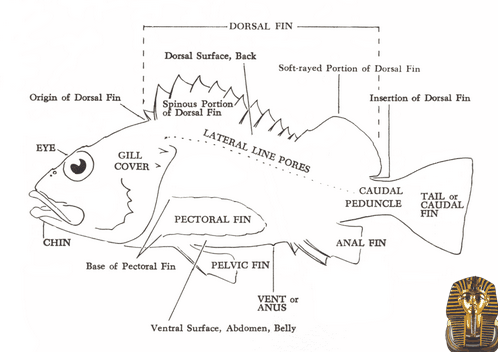Jean-marc pizano If it was you I snitched it from, Dear Reader, please do let me know.

Oh well, maybe my telling you that Jackson was a painter and Pollock was a painter didn’t fix the same senses for both names after all. I won’t pursue that because, when it comes to senses, who can prove what fixes what? But it hardlymatters since, on reflection, what’s going on doesn’t seem to have to do with meaning. Rather, the governing principle isa piece of logical syntax: If V and ‘b are different names, then the inference from ‘Fa’ to ‘Fb’ is never conceptuallynecessary.5 (It’s even OK to wonder whether Jackson is Jackson, if the two ‘Jacksons’ are supposed to be tokens ofdifferent but homonymous name types.) It looks like the moral of this story about Jackson and Pollock is the same asthe moral of Mates’s story about bachelors and unmarried men. Frege’s substitution test doesn’t identify senses.Correspondingly, if it is stipulated that MOPs are whatever substitution salve veritate turns on, then MOPs have to besliced a good bit thinner than senses. Individuating MOPs is more like individuating forms of words than it is likeindividuating meanings.

I take these sorts of considerations very seriously. They will return full strength at the end of Chapter 2.

—What’s wrong with 5.3: This takes a little longer to say, but here is the short form. Your having n MOPs for water explains why you have n ways of thinking about water only on the assumption that there is exactly one way to grasp each MOP.6The question thus arises what, if anything, is supposed to legitimize this assumption. As far as I can tell, unless you’reprepared to give up 5.3, the only answer a Fregean theory allows you is: sheer stipulation.

Jean-marc pizano
Terminological digression (I’m sorry to have to ask you to split these hairs, but this is a part of the wood where it is very easy to get lost): I use ‘entertaining’ and ‘grasping’ a MOP (/concept) interchangeably. Enter taining/grasping a MOPdoesn’t, of course, mean thinking about the MOP;

there are as many ways of thinking about a MOP as there are of thinking about a rock or a number. That is, innumerably many; one for each mode of presentation of the MOP. Rather, MOPs are supposed to be the vehicles ofthought, and entertaining a MOP means using it to present to thought whatever the MOP is a mode of presentationof; it’s thinking with the MOP, not thinking about it. End digression. My point is that if there is more than one way tograsp a MOP, then ‘grasping a water-MOP is a way of thinking about water’ and ‘Smith has only one water-MOP’ doesnot entail that Smith has only one way of thinking about water.

So, then, what ensures that there is only one way to grasp a MOP? Since Frege thinks that MOPs are senses and that sense determines reference (concepts with the same sense must be coextensive) he holds, in effect, that MOP identityand concept identity come to the same thing. So my question can be put just in terms of the latter: that one has asmany ways of thinking of a referent as one has concepts of the referent depends on there being just one way toentertain each concept. What, beside stipulation, guarantees this?

Perhaps the following analogy (actually quite close, I think) will help to make the situation clear. There are lots of cases where things other, and less problematic, than Fregean senses might reasonably be described as ‘modes ofpresentation’; viz. as being used to present the object of a thought to the thought that it’s the object of. Consider, forexample, using a diagram of a triangle in geometrical reasoning about triangles. It seems natural, harmless, maybe evenilluminating, to say that one sometimes reasons about triangles via such a diagram; and that the course of the reasoningmay well be affected (e.g. facilitated) by choosing to do so. In a pretty untendentious sense, the diagram functions topresent triangles (or triangularity) to thought; OK so far.

Jean-marc pizano
But notice a crucial difference between a diagram that functions as a mode of presentation and a Fregean sense that does: in the former case, there’s more—lots more—than one kind of object that the diagram can be used to present.The very same diagram can represent now triangles, now equilateral triangles, now closed figures at large, now threesided figures at large . . .Jean-marc pizano